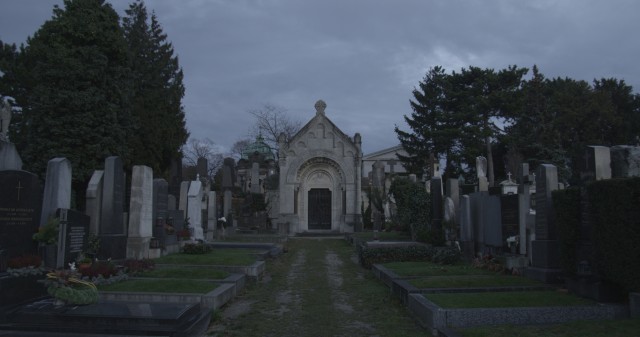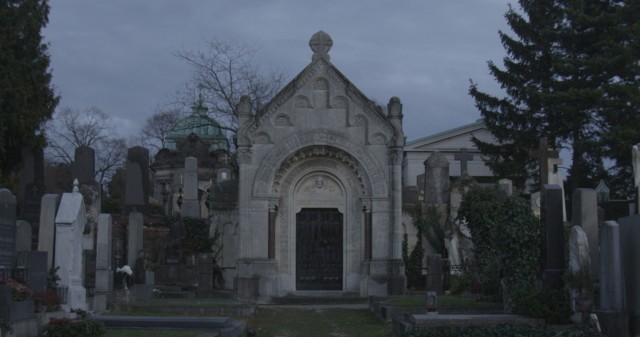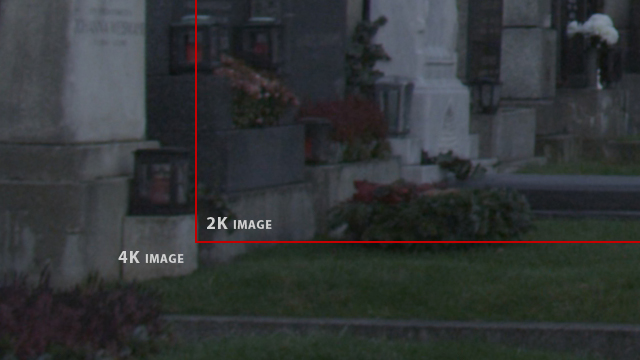Disclaimer: Here you can see a 100% crop image shot on a Scarlet-X in 4K. Be aware that these images do not represent the quality of a post processed image from the Scarlet-X but rather a still taken from an untouched RAW file.
A lot of Scarlet-X news lately on cinema5D, unfortunately this didn’t go as planned and there’s been a delay in posting from the second blog writer. Sometimes it isn’t easy to work with people and you’ve got to do things on your own.
Well as far as Scarlet-X goes I have done quite a bit of testing and I can tell you it’s a powerful piece of equipment and great to work with so far, no problems or faults, rather 35mm digital film coming out of it.
So here’s another test, I was keen to know how 2K (2048×1080) performs against 4K (4096×2160).
4K:
cemetery_4k.jpg
2K:
cemetery_2k.jpg
This was recorded at ISO800 on a
and intentionally underexposed in REDgamma2
The f-stop wasn’t recorded in the metadata as I was on an old firmware. This has been fixed with the current firmware.
In the images above all that was changed was the resoltion in the camera, the other settings and lens were left untouched.
As you can see the field of view changes when switching to 2K resolution. This is due to only half of the Scarlet-X’s sensor area being used. It’s as if you’d shoot on a camera with a smaller sensor (with about 12mm width to be exact, as opposed to about 24mm width in 4K). This would be right in between a 2/3″ and 4/3″ sensor and is more or less like 16mm film. So you’ll be losing some of the shallow depth of field, resolution and your lenses focal length of course.
The perceived sharpness of the resulting image can be compared to a DSLR HD recording, but of course has a lot more color information and picture quality.
What you gain for the losses is up to 60 frames per second slow motion and if you need a larger focal length on your optics the 2K mode might come in handy too.
Below you can see the 2K image as an overlay to the 4K image. They’re identical:
Considering the above arguments for me the Scarlet-X is a camera to solely shoot in 4K unless I want a slow motion recording. Given the great workflow RED offers and the hardware support by Adobe I don’t even need to convert anything to start grading and editing.
You can download the original R3D RAW file here to play with:
DOWNLOAD
RED has a utility to inspect and do some grading on R3D files. Download REDCINE-X here.
























